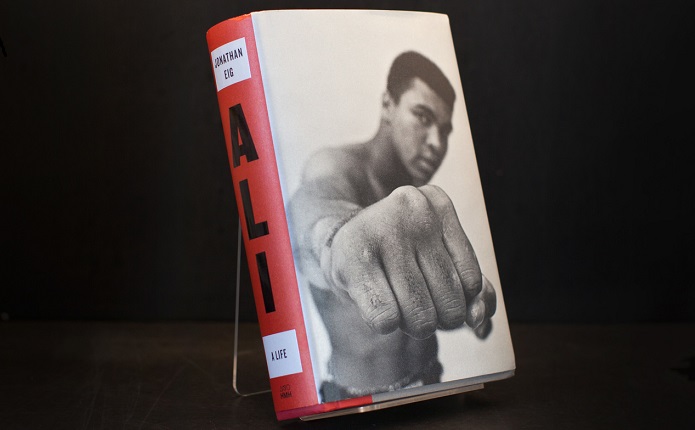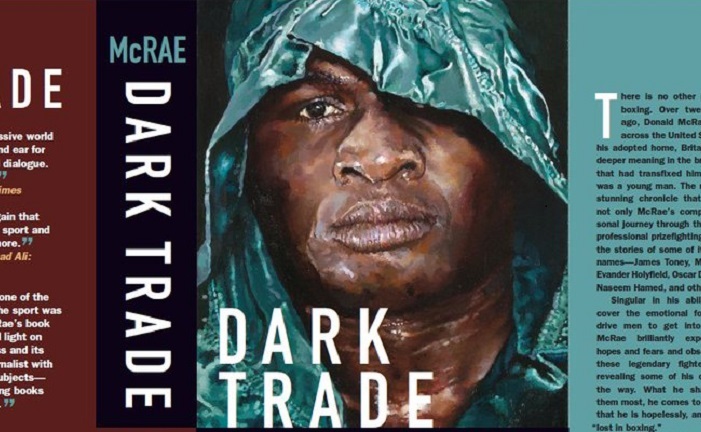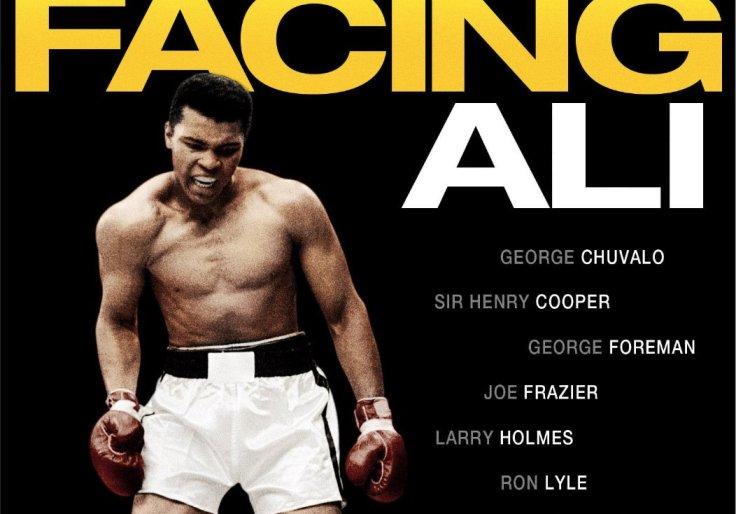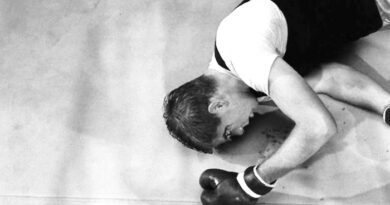Ali: A Life
There can be no doubt that Muhammad Ali remains the most written-about boxer ever, but it wasn’t until 2017 that the public was offered the longest and most ambitious account yet of the amazing story of the man who many regard as the most famous and influential athlete of all-time. Jonathan Eig’s Ali: A Life is a thorough and clear-headed study that will go a long way toward educating the general public about who this man was, for both better and worse. Unprecedented in its scope, and in offering a great deal of new information when it seemed that nothing original would ever again be gleaned about Ali’s life, the book is a one-stop guide for anyone who would like to learn the Ali story.
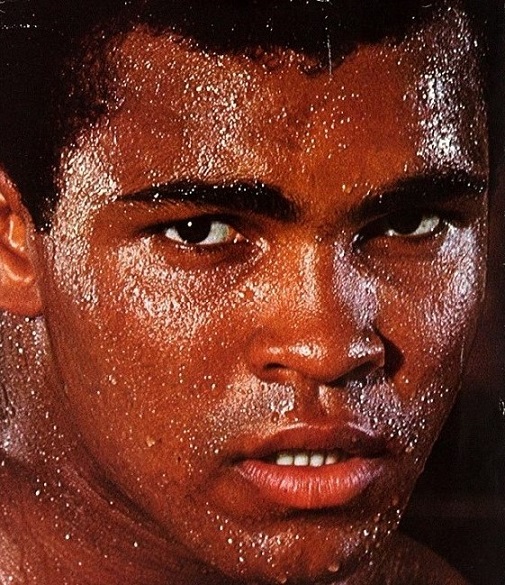
But several shortcomings prevent Ali: A Life from achieving its jacket-copy claim to being the “definitive” biography. Readers will come away with almost no knowledge of what the last thirty-five years of Ali’s life were like, little sense of what he meant to people outside the United States, and a somewhat perfunctory account of how his story fits into the larger arc of race in America. They will not have a significantly improved understanding of what made Ali tick, nor will they appreciate how remarkable a boxer Ali was.
The tone of Ali: A Life will ring largely familiar to those who already know his life story, but for any biographer of Ali there may be no way of getting around this problem. You have to cover the bouts with Liston, Patterson, Frazier, Foreman, Norton, and Holmes, don’t you? And the stolen bicycle, his refusal to be drafted, his legal odyssey, and the Nation of Islam, right? But how much new is there to say about these things? And then how much space is left over to say anything more?
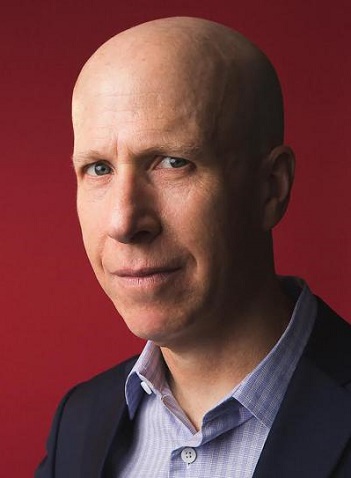
Eig’s solution is not to find a new way to tell the Ali story, but to instead find never-before-published sources to do so. Page after page of Ali: A Life presents new information that even the most jaded Ali reader will not have known. To the expert, these details won’t add up to a fresh portrait of Ali or even a more-complete understanding of why he acted as he did, but they do indicate the thoroughness of the work and the author’s diligence in trying to break ground.
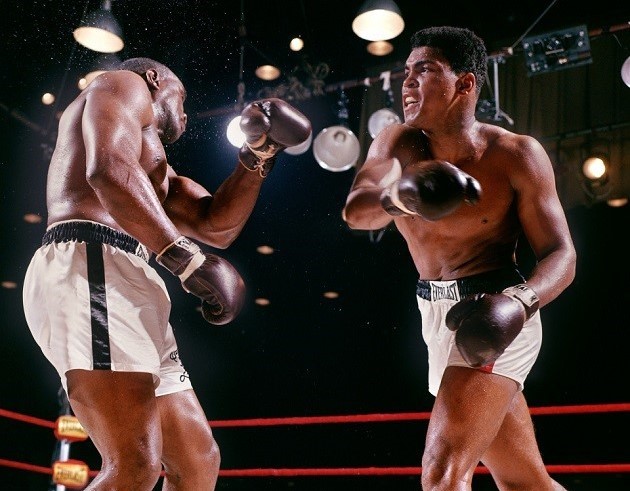
For example, Eig uncovers what appears to be an extraordinary find: a DVD recording of Ali giving a eulogy at a 1975 memorial service for Elijah Muhammad. But unfortunately it yields nothing noteworthy. This happens frequently in the book, whether the new primary sources are interviews, FBI files, medical records, CompuBox statistics, or even a text message from Ali’s fourth wife Lonnie, which almost seemed designed to obfuscate. At times, however, these treasures really do suggest potential new understandings of Ali’s character, like an interview with Louis Farrakhan that burnishes Eig’s theory that the need for attention drove Ali even more than his dedication to social justice or humanitarian causes.
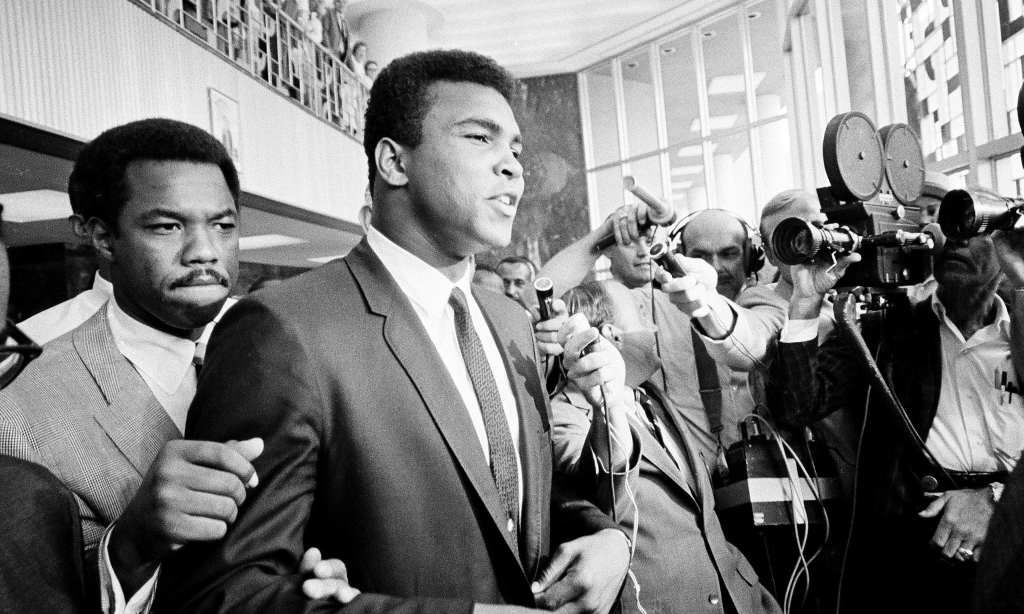
The zenith of Eig’s book are the chapters about Ali’s life while he was exiled from boxing. Going where nobody has before, Eig’s inquiry into Ali’s lean years, largely sourced by Ali’s second wife, reveals new perspectives and dimensions about the fighter that other authors simply had not explored and the results are often spectacular. There’s a hilarious and revealing tale about Ali knowingly eating pork in front of Jesse Jackson, an explanation of why Georgia state senator Leroy Johnson facilitated Ali’s return to the ring in 1970, and a travelogue that puts the reader in the car with Ali as he road trips between speaking engagements, fails to read a map correctly, and then finds himself miles astray from the highway where he needed to be.
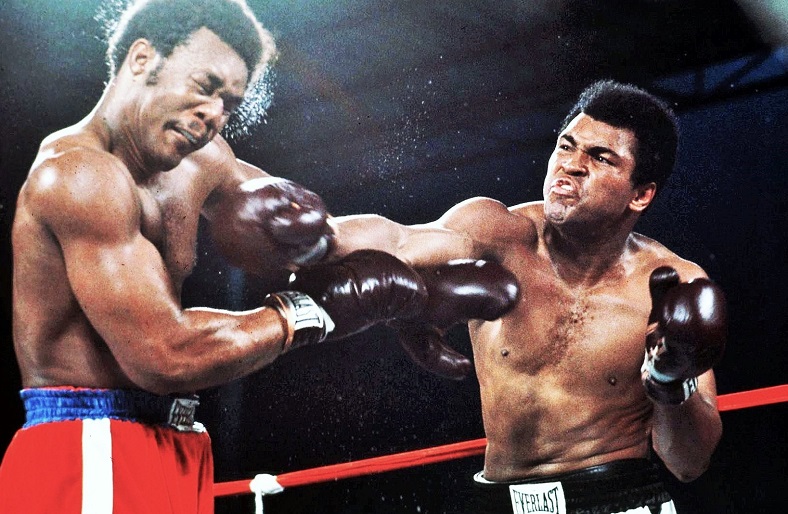
The material here is as good as you will ever find in an Ali book and makes me wish that Eig had navigated the backroads of Ali’s life more, even at the expense of the more familiar tourist sites that he may have felt he had to explore in order to satisfy a general readership. Perhaps, then, some of the book’s limitations are less attributable to the author than the subject. But had Eig further delved into those lesser-known corners, where he would have been forced to apply more of his own hand to the conventional Ali narrative in order to create new meaning, the overall result may have been stronger.
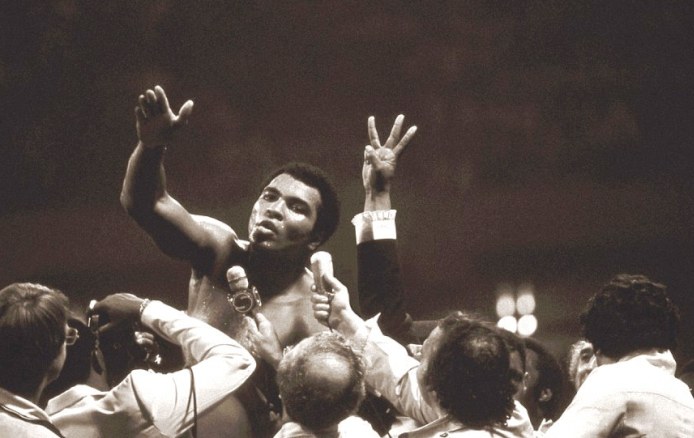
But maybe it is unreasonable to hope for a definitive Ali biography, which leaves us with the most important critique, the book’s failure to shine any light on Ali’s last thirty-five years. On the surface this may seem like an inexcusable flaw, but again we have to ask whether any author could have achieved this goal without turning over the project to the Ali family as an authorized biography, which would have of course revealed even less. Still, the book might have offered a better sense of Ali’s private, day-to-day life in the twilight years. With whom did he maintain enduring relationships? How and why did other longtime associations come to an end and how did Ali feel about these changes?
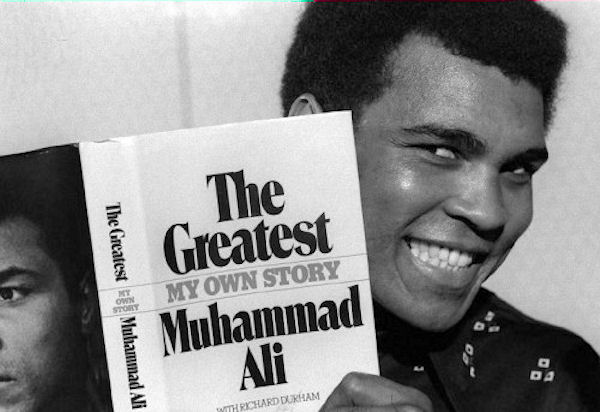
And there are critical questions, set up by Eig’s earlier inquiries, which are left hanging because of his failure to close the story. Eig talks repeatedly about Ali’s sexuality and his constant affairs, but what happened to that part of his life when Ali was enduring Parkinson’s syndrome? Was Ali faithful to Lonnie, his wife of thirty years? Also important, considering the criticisms of him levied throughout, did Ali become a better husband, father, and grandfather as he got older? And there are other fundamental questions: Was Ali happy in his later years? Was he in constant pain? How did his spiritual beliefs evolve? Did his values change? We still don’t know any more about Muhammad Ali from 1981 to 2016, half his life, than we did before.
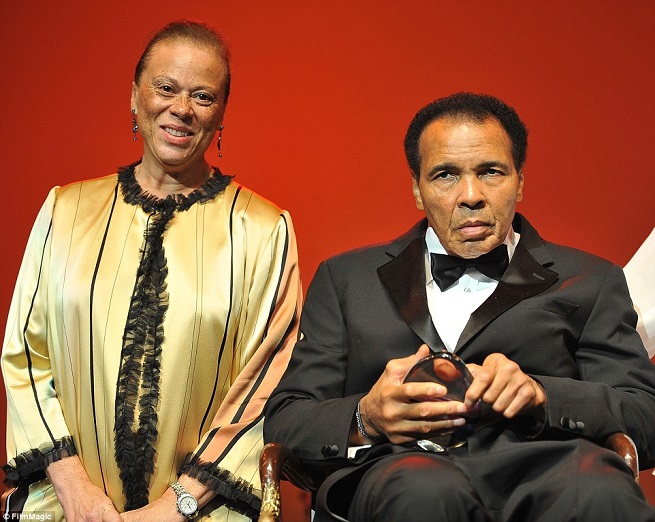
Thus, one of the most important things proven by Ali: A Life is that no matter who the author may be, there is never going to be a truly definitive biography written about Muhammad Ali until Lonnie stops stonewalling, but that is unlikely to ever happen. Thus, even if Eig’s book never quite clears up who Ali really was, it is as good an attempt as we have seen and one of the most important, thorough, and honest books written about Muhammad Ali to date. If it is not the ‘GOAT’ of Ali books, it certainly comes close. — Michael Ezra

